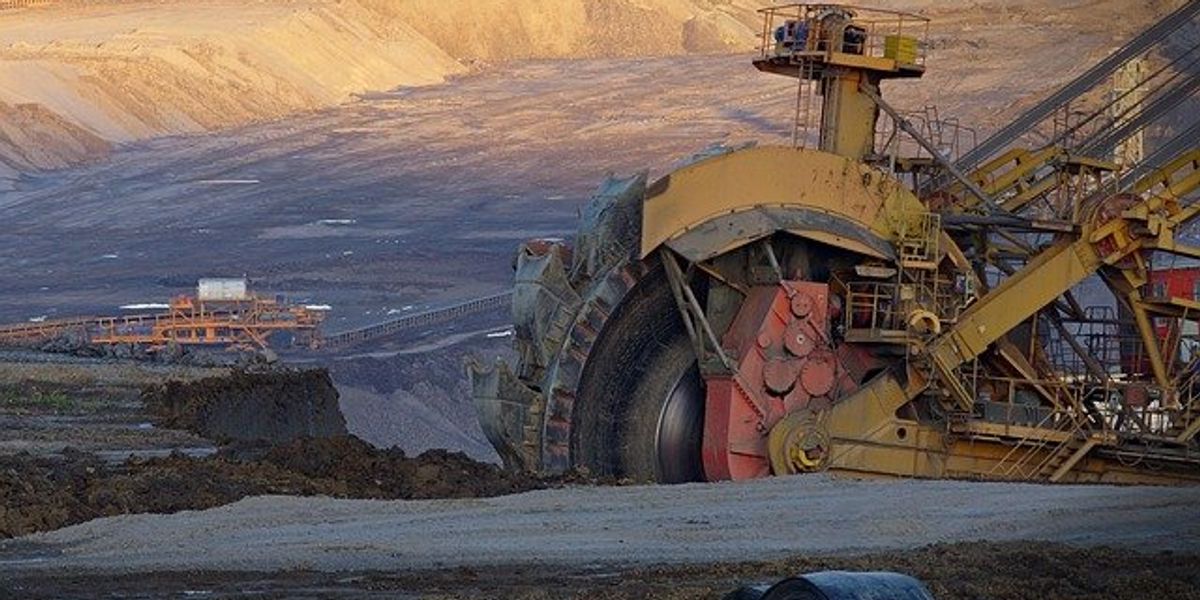
Peter Dykstra: The O.G.’s of E.J.
Covering Climate Now is an admirable, much-needed effort putting our planet front and center—but let's not overlook decades of strong journalism from the beat's pioneers.
With much fanfare, 170 news organizations signed on to the "Covering Climate Now" initiative.
The 170 range from international heavyweights like AFP, Bloomberg, CBS News, to dozens of big-city newspapers in the U.S. and abroad, to the usual-suspect nonprofit and advocacy outlets.
They've all committed to featuring climate change stories in the runup to the United Nation's Climate Week.
This is a great initiative – possibly a sign of breakthrough in major media's catastrophic failure to capture the urgency of climate change. But it runs the risk of overlooking decades of strong journalism from the beat's pioneers.
It's time to show some respect for the journalists who had climate change – and a host of other environmental threats — on their radar decades ago.
For those of you who don't normally trade in acronyms, the headline refers to the Original Gangstas of Environmental Journalism.
You know — the reporters who were hot on global warming 30 years before warming was cool.
Indeed, a few specialists were on the job at mainstream media outlets, focusing on pollution, extinction, and the other joyous plagues that inhabit our beat.
Let's meet three.
Phil Shabecoff had a 40-year career at the New York Times that included a stint as a foreign correspondent. He covered the White House during the fall of Richard Nixon. But he led the paper's environmental coverage for more than half his tenure there.

Here's an environment piece from Shabecoff from 40 years ago this month on the snail darter, the tiny fish that prompted an uproar over the Endangered Species Act.
Predating Shabecoff on the beat was Casey Bukro. He wrote extensively on the Great Lakes for the Chicago Tribune in the mid-1960's and became fulltime on the beat in 1970.
Bukro's relentless reporting on the Lakes, and the conservative Tribune's uncommonly green editorializing, helped bring about the Great Lakes Water Quality Agreement, in which the U.S. and Canada pledged to work together on Lakes cleanup.

In 1974, Tom Horton began his life's work as the bard of the Chesapeake Bay. He spent the next 30 years as an environment reporter for the Baltimore Sun, reporting on the sometimes-halting effort to save America's largest estuary.
Horton held a special fascination for the Bay's Smith Island, whose habitation dates to the mid-17th Century. The Bay's struggling seafood industry is conspiring with sea level rise and land subsidence to possibly make Smith Island's 21st Century its last.
The Bay is far from saved, but Tom Horton is a big reason that there's consensus that it's worth saving.
A few more who deserve a nod for laying the groundwork: Jane Kay, who pioneered environmental reporting in Arizona and in the San Francisco Bay Area; Steve Curwood, who's hosted Public Radio International's Living On Earthfor 28 years; Marla Cone, who edited EHN after a long and distinguished stint at the LA Times; and Ross Gelbspan, who penned two books on climate change amidst a three-decade-long career at the Boston Globe.
These are but a few of the small army of writers, reporters, photographers and documentarians that have been toiling toward such a potential breakthrough. Many of them will gather in Fort Collins, Colorado for the annual conference of the Society of Environmental Journalists next month, from October 9 to 13.
It's your best opportunity to meet some of the present, and future, O.G.'s of E.J.













